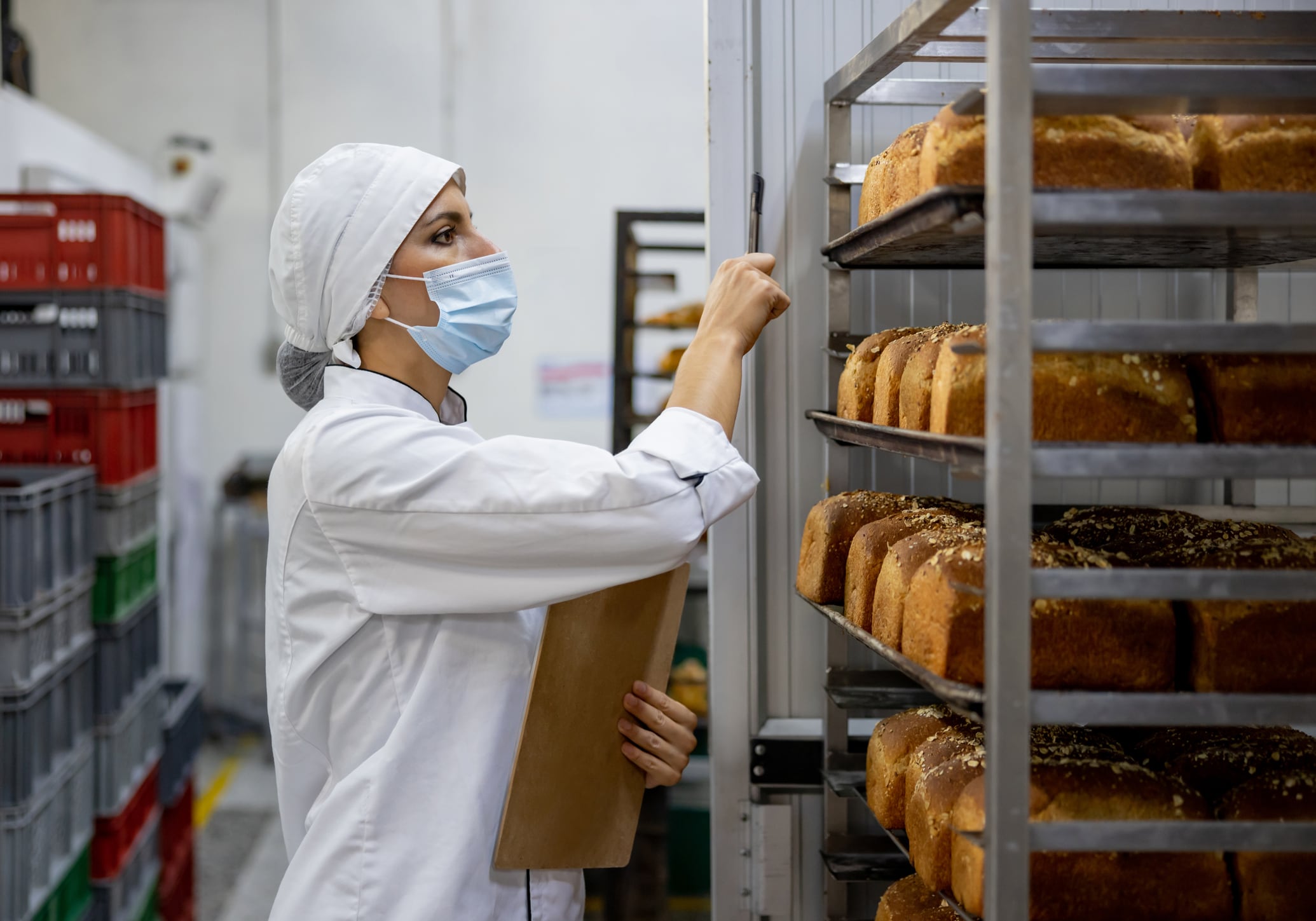When faced with the confusion and complication created by having to meet the requirements of so many standards, how can food and drink businesses navigate audits in their factories?
Manufacturers are often presented with two choices when it comes to managing audits – either focus on each standard and audit them separately, or put them all together into one system.
While the former is a much slower process, the level of organisation needed to be able to create a spreadsheet that covers every single audit your business needs to complete can make the latter a much more complicated one.
“It makes auditing a little bit easier because the auditors just do it once, but the actual spreadsheet management is the most complicated bit because the standards are always changing,” explained Kassy Marsh, director at Techni-K.
“Someone has to keep it up to date and sites tend not to have enough time to be able to do that administration side of things.”
In her experience, manufacturers that have attempted to create a unified system for completing audits were often caught lacking when it came to keeping it up to date. It’s from this observation that led to the creation of her own online platform, Audit App.
Why so many audits?
“We do the spreadsheet once ourselves and then provide all that information back to the users so they can just pick which standards they want to work within,” explained Marsh.
While the pressure is taken off the manufacturer, there is still a massive human element involved in the creation of these spreadsheets. Someone has to sift through all the requirements and standards, as well as parse the complicated language often used by them.
This level of complexity is also beyond the scope of artificial intelligence. Until the day comes that a computer can interpret the language used and spit it back out in a way that manufacturers can act upon it, it’s people like Kassy that will be putting in the leg work.
With this in mind, the question becomes ‘why are there so many audits?’ When over-arching standards such as the BRC already exist, what need do we have for each retailer to impose their own separate set of rules and regulations?
To put it simply, retailers often treat their standards as a unique selling point. While there is some overlap between each different specifier’s standards, many vary in ways that focus on very specific parts of the production process.
For example, one retailer may require a much higher level of food safety compliance, whereas another may place more importance on a business’s workplace culture. According to Marsh, it’s a 20/80 split of similar and different standards.
A future for collaboration?
“I think it would be great to get to a point where all standards covered the same things, but they [the retailers] would have to all collaborate,” Marsh continued. “I don't think we'll ever get there – it would be great if we could, but I just can't see them ever speaking to each other with the good of the industry in mind.”
“For me this makes our system even more powerful, in that we will be the only ones that will have all of these sections of the standard. And if sites apply all of it in principle, you've got all bases covered.”
In Marsh’s eyes, the solution would be for retailers to be able to see manufacturers’ internal audit system prior to striking up a deal with them. By uploading pictures and video to a centralised platform, retailers could assess whether or not a manufacturer has already met their standards.
This way the manufacturer wouldn’t have to carry out another time-consuming audit if their customer is already happy with what they see or requires just a small part of the audit to be carried out again to meet their specifications.
Tools to improve
Marsh also raised her grievances with the current system of audits for the BRC standard, specifically its policy of lumbering manufacturers with more audits if a non-conformance is found – risk assessment is based on previous audit performance.
A good auditor could come along and complete a really robust audit and find lots of non-conformances and fix them. However, this will flag the business for more audits. She believes a non-conformance shouldn’t be viewed as a failing for the business, but rather as an opportunity for it to grow.
“It shows you're following the procedure, doing the right thing, finding the problem and rectifying it before it causes an issue,” Marsh added. The current system of penalising a manufacturer with more time-consuming audits if a non-conformance is found can lead to a negative workplace culture, where most people on sites are scared to raise them.
“In the long run, they know that's going to cause them more work when in actual fact your internal audit system is your early warning system,” said Marsh. “It’s your defence against anything going wrong in the future and we should be scrutinising the internal audits and the application of those to make sure it's as detailed and as nit-picky as possible so that it prevents problems down the road, rather than doing it the other way around.”
Easing the burden
Independent food safety consultant Alec Kyriakides echoes Marsh's sentiments over the complexity of factory audits and the stress they can create for food and drink manufacturers.
“Unquestionably it creates a burden for food manufacturers, but it also means that manufacturers have a wide base of customers," says Kyriakides. "Therefore, in some ways it’s a good thing – you can’t have one without the other.
“If you’re going to take on different customers, then there will inevitably be some differences in their fundamental requirements.”
The reality of third-party audits
As a veteran of the industry, Kyriakides has experienced the growth of third-party certification schemes and is qualified to comment on their influence on auditing in the food and drink manufacturing industry. While he recognises the potential of a unified system, he points out the reality that schemes such as BRC and GFSI led to.
“One of the fallacies at the time was that these voluntary third-party certification schemes would actually result in less technical visits to customers,” said Kyriakides. “What the specifiers wanted was someone to take care of the core entry-level requirements and it would allow them to focus on added value parts of their standards.
It’s clear that an all-encompassing set of standards agreed on by all specifiers isn’t coming any time soon. Manufacturers need to face facts and decide how best they can work to meet requirements for multiple sources if they wish to work with more than one customer.
While this could be a daunting task for some businesses, Kyriakides puts forward a clear suggestion of how to make the process easier: “One of the things you absolutely have to do is understand the requirements of all of your customers. A food business needs to generate their own processes and procedures, but it has to reflect the needs and requirements of their customers.”
Aligned with standards
“Therefore, being completely aligned to those requirements, knowing what they are and knowing that they're reflected in your processes and procedures is by far the best way of dealing with it rather than pulling out each manual each time you know another retailer comes to site. You need to make sure that they're embedded in your processes and procedures,” he continued.
Contemplating the future of food factory audits, Kyriakides doesn’t predict any major changes that manufacturers should be aware of. However, he highlights a shift in attitudes towards audits that should be observed.
“I don’t envisage a massive change, but I do see a shift away from this one-dimensional view of the business – say for example, a food safety lens. It doesn’t give you the complete picture. I think it’s widely recognised now that assessing a business across multidimensions is probably more valuable that focusing on one,” he concluded.
Whilst you're here - have you subscribed to the Food Manufacture Podcast? Have a listen to our latest episode, as we hear from the founder of Nim's Fruit Crisps on her journey to date.




